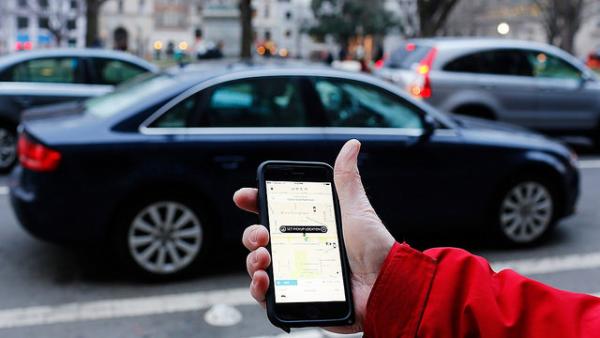There is a 7% gender-related pay gap among Uber’s drivers. How can that be? The answer, based on Uber’s wealth of data on its drivers and users may provide clues as to why gender gaps in payments occur in the professions.
Researchers from Uber and Stanford researcher analyzed Uber’s database on drivers, specifically the subset of data for Chicago, which included 120,223 drivers, of which 30.2% were female, for a total of 33 million driver hours – a full hour of activity. Payment by Uber is unique in that it is based solely on three non-negotiable variables, a base fare plus a per-mile and per-minute rate. Surge pricing is a multiplier of those base rates. Uber does provide some incentives concerning the number of trips completed or trips within a specific area which accounts for about 9% of their total pay.
All of these factors are measured in the database; more importantly, none of these factors are gender-based. Uber provides no incentive for experience, or when work is performed, often termed a penalty for work hour flexibility – two common elements used to explain gender disparity in pay. There were no significant differences in driver ratings by gender, so this was not a factor. Yet, men were paid 7% more nationally and 5% more in Chicago than women. Why?
The researchers found three factors accounted for the disparity, driving speed, experience, and choice of where to drive. Men drive faster than women, no surprise there and it remains equally valid for Uber drivers. The speed differential is small, about 2.2% but aggregated over all the rides it results in about 50% of the wage disparity. Prior studies of drivers, in general, suggest that men are more risk tolerant and aggressive than women; a gender-based difference that may be more innate than discriminatory.
Experience and choice of where to drive are a bit intertwined. Experience helps a driver develop a strategy of where and when to drive and which trips to accept or cancel. Experience informs how to manage the system most effectively. The data shows that more experienced drivers earn 14% more an hour. Men are more experienced because they drive more hours and are “less likely to stop driving with Uber.” Women, who had learned the same experiential lessons from equivalent experience, made the same money as their male counterparts. Choosing more lucrative routings, in part based upon experience, accounts for the remaining disparity in wages.
Men drove faster than women irrespective of experience. Women developed expertise at the same rate as men on a per ride basis; they just worked fewer rides. None of these factors is gender-based, in fact, the researchers found that driving behavior differences were small, but when aggregated appear significant. This is a difference in gender-based choices.
The study was limited in that driver expenses, e.g., gasoline, Uber fees, were not considered. More importantly Uber incentives, spread across all rides, typically are a tiny component of payment averaging 9 cents on a $10 fare. Also, two of the authors were employees of Uber, both providing disclosure.
I have written before, here and here, about gender disparity in physician income. The payment system of CMS is as transparent and gender-blind as Ubers. I would argue that the disparities others have identified are due to two factors. First, gender-based choices, more specifically to choose more family friendly, hour flexible specialties and forms of employment. These differences are not a matter of social justice. Second, and this may, in fact, be key in understanding how gender disparities develop in healthcare, incentives represent a more significant fraction of total salary for physicians than Uber drivers. Incentives, based upon experience or productivity are not mandated or regulated by the government, they are determining by institutions, academic or business. The academic physicians writing these papers might do well to look more closely at the incentives of their institutions and health care “systems” rather than continue to claim gender bias. This study shows that apparent gender bias is really about choices, not discrimination.
Source: The Gender Earnings Gap in the Gig Economy: Evidence from over a Million Rideshare Drivers




